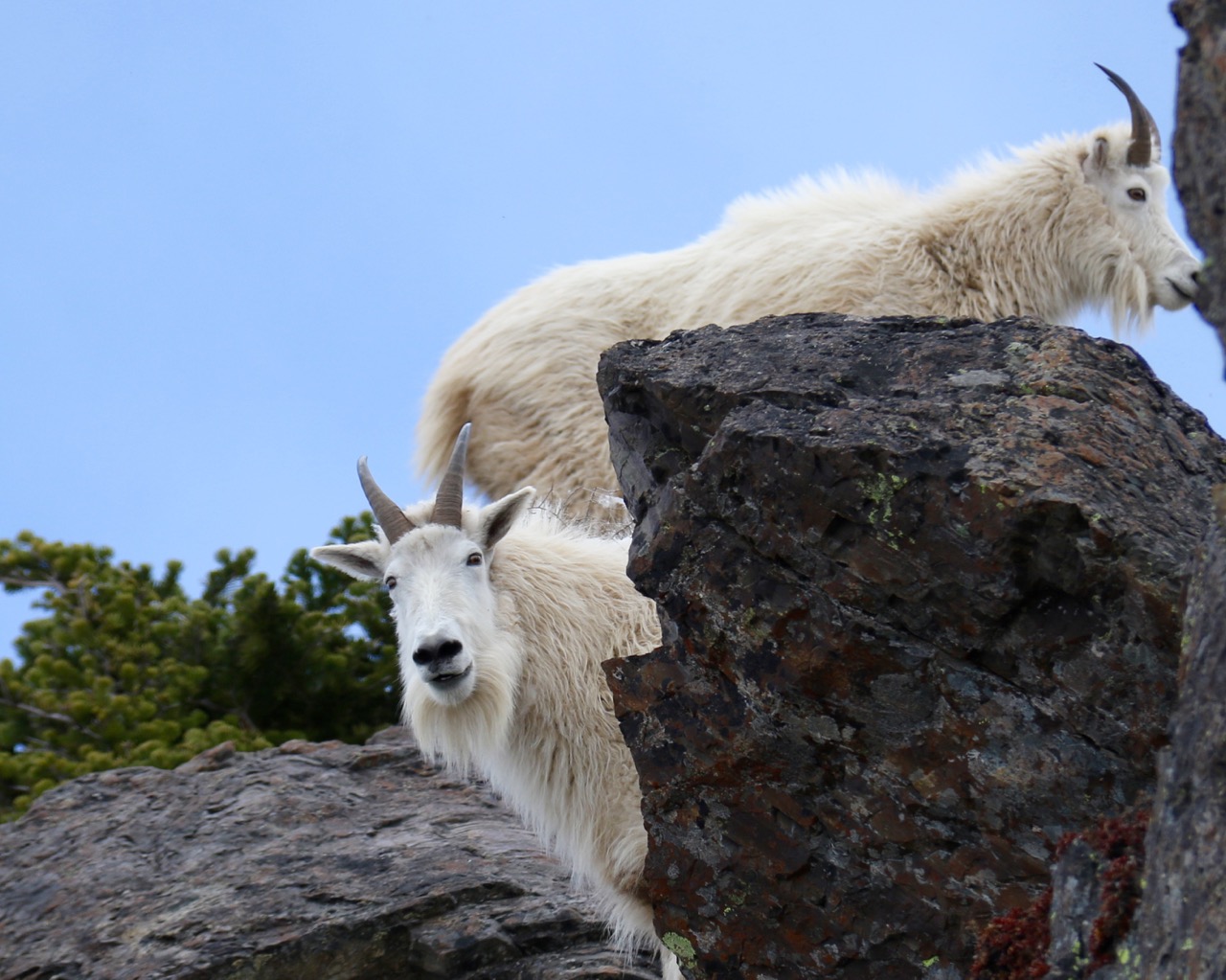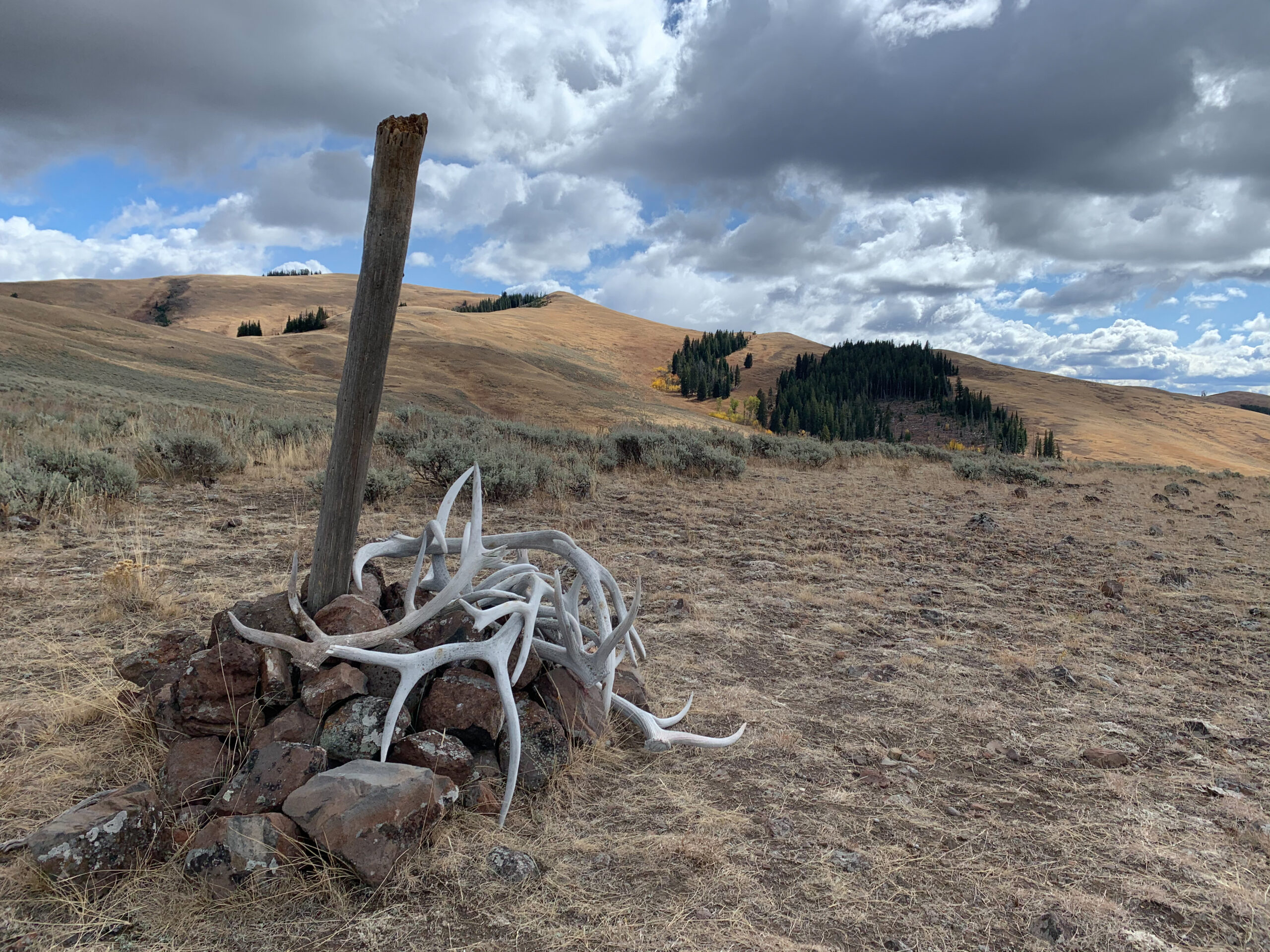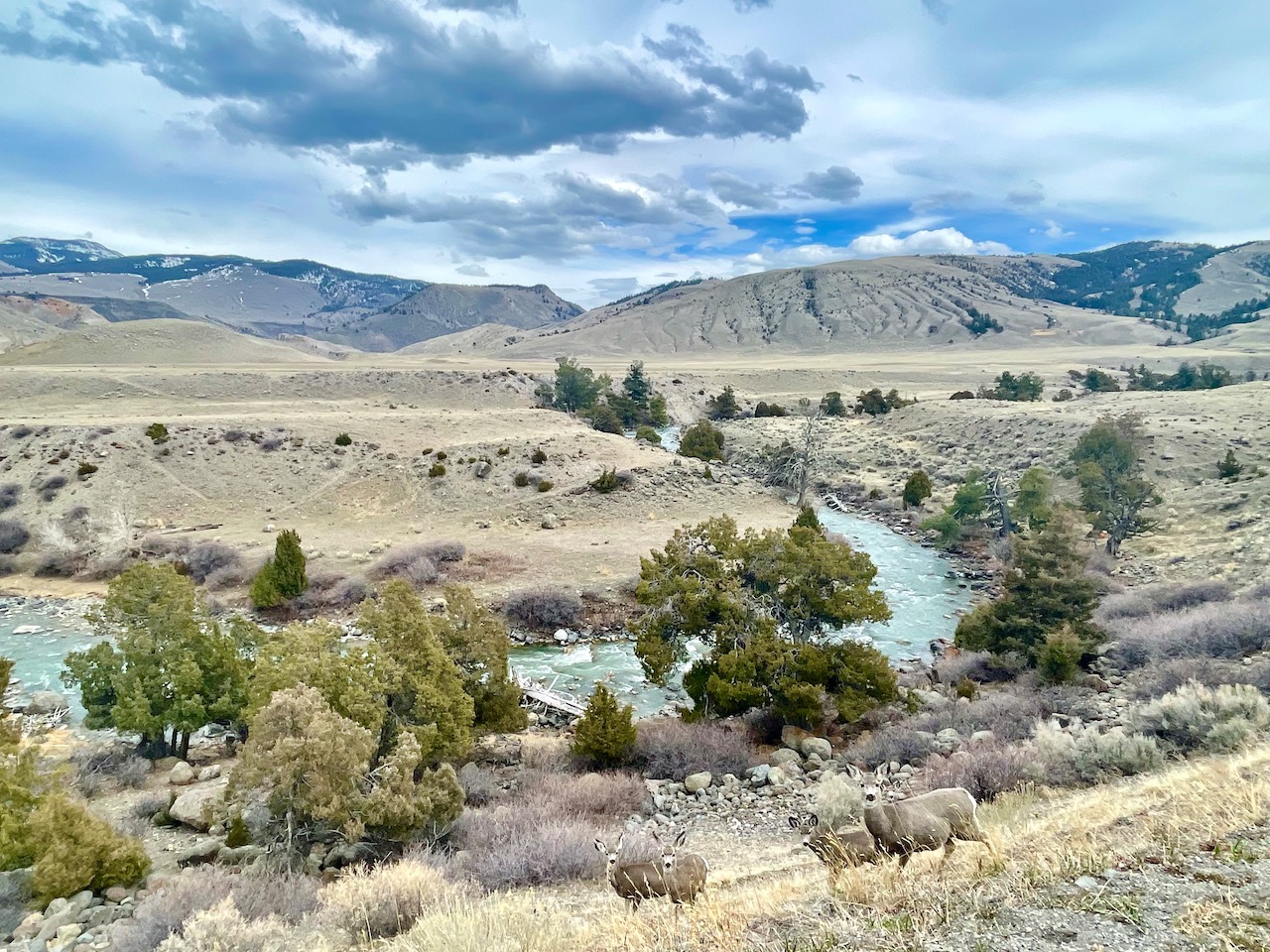On January 1st, 1925 the United States Forest Service released four mountain goats near Mount Storm King above Lake Crescent. The goats, from the Selkirk Mountains in Canada, were placed on Mount Storm King as an experiment to see how adaptable they would be to the rugged mountains of the Olympics. The goat’s ability to adapt, as well as reproduce, saw their numbers increase rapidly, making mountain goat sighting a frequent event on numerous peaks on the Olympic Peninsula. In July 2016, wildlife biologists from the National Park Service and Washington Department of Fish and Wildlife counted mountain goats from a low-flying helicopter, focusing on ice-free areas above 4,500 feet in elevation in Olympic National Park and adjacent areas of Olympic National Forest. Now, thanks to an official report from the USGS, WDFW and the National Park Service, we finally have an official count.
As non-native species, monitoring the mountain goats of the Olympic Mountains is incredibly important. Their numbers directly impact the habitats for numerous creatures lurking high above the rainforests and wooded, river valleys below. Hillsides where goats frequent have less flora growth and the numbers of goats have also impacted tourism on popular trails. Mountain goats have been an issue the past decade or so, since an aggressive goat killed a man on Olympic National Park’s Klahhane Ridge Trail. Since his death, numerous trails have been closed for months at a time due to aggressive goat activity, most famously the numerous closures of Mount Ellinor in Olympic National Forest. But you just want to know how many goats are in the area…
In 2016, thanks to a survey conducted collaboratively by USGS, WDFW, and NPS, the total number of mountain goats in the Olympic Mountains is an estimated 623, with the uncertainty of the estimate ranging from 561 to 741 mountain goats. The survey took place in July 2016, when wildlife biologists from the National Park Service and Washington Department of Fish and Wildlife counted mountain goats from helicopters, looking for spots of white on ice free areas. This number also accounts for sampling uncertainty and the extremely real possibility that not all mountain goats in the Olympics were seen during these aerial surveys.
“The population has now been growing for over a decade,” said U.S. Geological Survey’s Kurt Jenkins, a collaborator on the effort to monitor mountain goats in the Olympic Mountains for the past 19 years. “This information will be useful for park managers currently developing a plan for non-native mountain goat management in the Olympic Range.”

In 2004, the same counting methods estimated that there were just 230 mountain goats in the Olympic Mountains, with the population growing to an estimated 350 in 2011. The surveys of 2016 were the seventh population estimate since the first formal aerial surveys were conducted in 1983. The full report, which is 21 pages in length, can be found here.
The most popular area for mountain goats in the Olympics was found in the Mount Olympus region, where 41 groups of goats were found, totaling 91 goats. The infamous Klahhane Ridge region had 12 groups with 35 total goats, while Mount Washington and Ellinor had three groups with 23 goats. The largest number of mountain goat kids was found in the Mount Olympus region, ensuring that they will remain the most populated area for quite awhile.
What is interesting is that according to the study, if trends were to remain constant over the next five years, the mountain goat population is expected the current population of about 623 mountain goats could increase by as much as 45 percent. That is ridiculously impressive since the non-native mountain goat population of the Olympic Mountains has more than doubled over the past 12 years, according to the U.S. Geological Survey report. If the numbers increase, we will more than likely see the areas remove goats, either with hunting increases outside the park boundaries or some other method.
Because of the frequency of mountain goat encounters, both Olympic National Park and Forest have issued warning and rules for those hiking in areas known for mountain goat sightings. Mountain goats are dangerous and should not be approached, no matter what you see in pictures from certain social media groups. Approaching wildlife is not funny or smart. A list of rules and regulations can be found on here, which keep both you and the mountain goats safe for all to enjoy.

For more information on Mountain Goats, Mountains and hikes around Olympic National Park and Forest, please give us a follow on our social media pages and check out our store for guidebooks and more!



